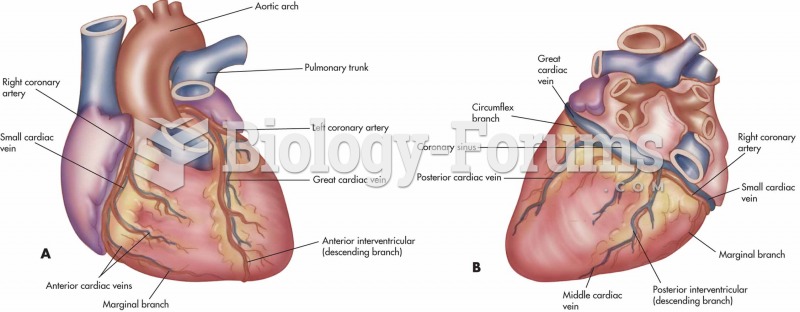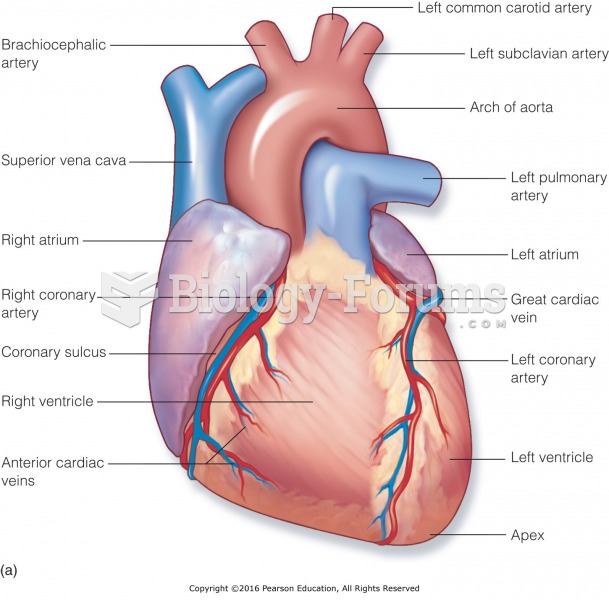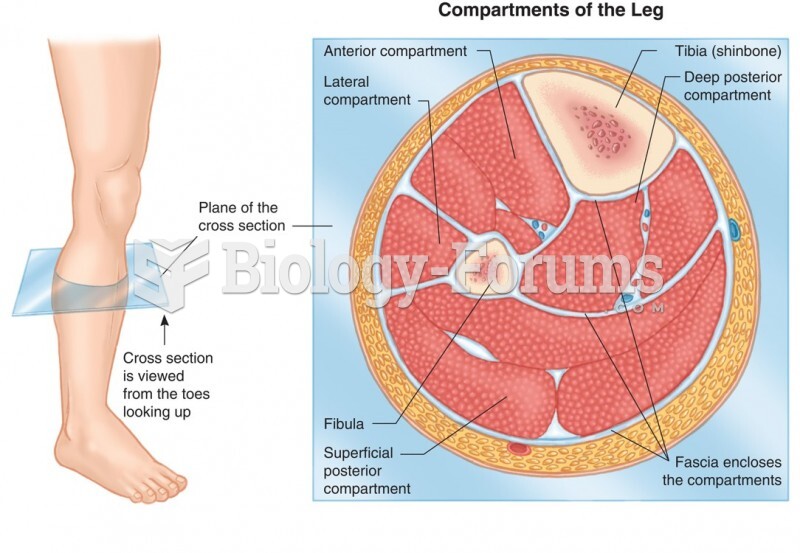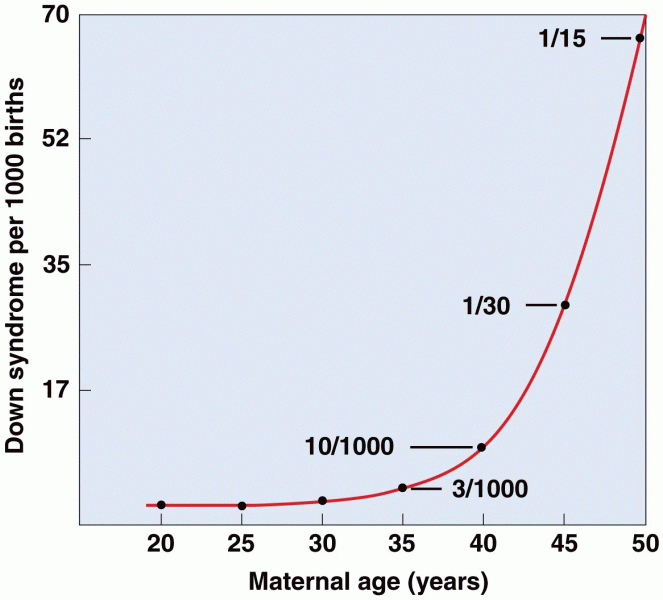|
|
|
Did you know?
About one in five American adults and teenagers have had a genital herpes infection—and most of them don't know it. People with genital herpes have at least twice the risk of becoming infected with HIV if exposed to it than those people who do not have genital herpes.
Did you know?
It is difficult to obtain enough calcium without consuming milk or other dairy foods.
Did you know?
Recent studies have shown that the number of medication errors increases in relation to the number of orders that are verified per pharmacist, per work shift.
Did you know?
On average, the stomach produces 2 L of hydrochloric acid per day.
Did you know?
In 1864, the first barbiturate (barbituric acid) was synthesized.







